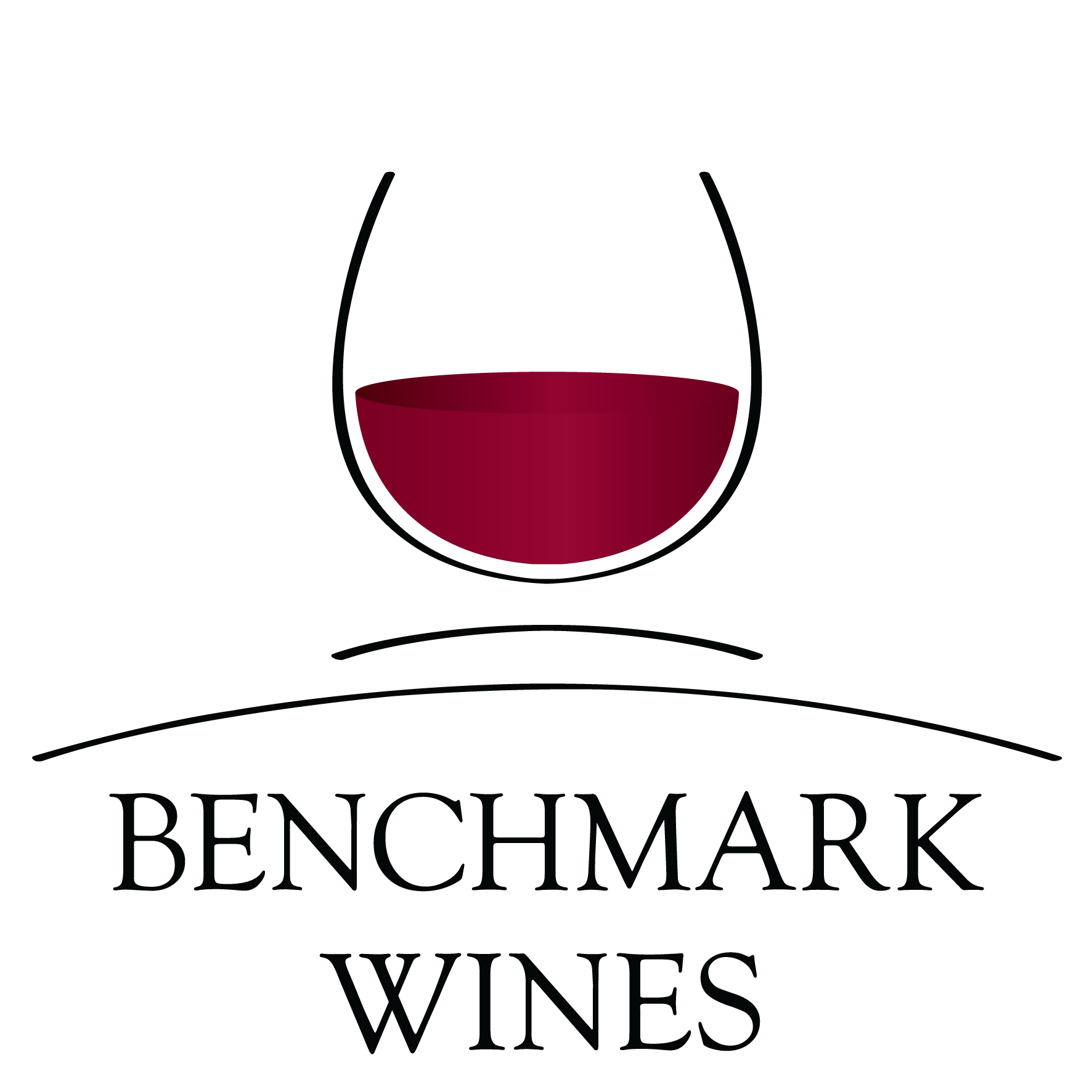French wine is renowned worldwide for its rich French wine history, diverse flavors, and sophisticated production methods. The mere mention conjures images of rolling vineyards bathed in sunshine, cobbled village squares, and cellars brimming with history.
The allure of French Wines is owed to the oldest winemaking tradition in the world over 2,600 years, and a strict French wine classification system. But while the regulars of French wine like the "Grand Cru" and "Chateau" labels, there are also many not-so-regular stuff that the huge French wine industry beholds.
Today, we will tell you three fascinating French wine facts that you may not have known yet.
3 Amazing French Wine Facts
1. Ultimate French Wine Designations
Quality comes with strict discipline and the same is true in the case of French wines. The entire French wine production ecosystem in France is controlled with a strict plan that controls the winemakers to follow certain quality standards and regulations and all types of French wine are classified using the same.
You might have read abbreviations like AOC, VDQS, etc. on any French wine bottle labels which are indications of these standards, and sure these can be daunting to understand, but here's a simplified breakdown:
- AOC (Appellation d'Origine Contrôlée): The most prestigious designation, guaranteeing strict production rules and regional authenticity. Think iconic names like Bordeaux, Burgundy, and Champagne.
- VDQS (Vin Délimité de Qualité Supérieure): Or in English, "Delimited Wine of Superior Quality," a step below AOC, but still signifying quality and regional character. Look for wines from areas like Gaillac or Jurançon.
- Vin de Pays: Wider regional wines with looser French wine regulations, but offering good value and local personality. Try wines from Côtes de Gascogne or Côtes du Rhône.
- Vin de Table: The most basic category in French wine culture, often used for blends or everyday wines.
Pro Tip: Look for the region name on the label – it often hints at the grape variety and style. For example, Sancerre usually means Sauvignon Blanc, while Côtes du Rhône suggests a Grenache-Syrah blend.
2. The Regions are a Pride
After the strict quality labeling, the second thing that beholds France's pride is its vast wine landscape. While almost the entire of France is dedicated to delivering excellent wines except for Brittany, Normandy, and Nord-Pas de Calais, there are a whopping 11 French wine regions:
1. Bordeaux: Home to the French wine popular blends like Cabernet Sauvignon and Merlot, as well as dry whites (Sauternes) and lighter reds (Côtes de Bourg).
2. Burgundy: Famed for elegant Pinot Noir and Chardonnay, but also Gamay from Beaujolais offering juicy French red wine.
3. Rhône Valley: Syrah reigns supreme here, producing powerful reds like Hermitage and Côtes du Rhône. Don't miss white wine varieties in France like Viognier and Condrieu.
4. Loire Valley: Diverse region offering crisp Sauvignon Blancs (Sancerre), sweet Chenin Blancs (Vouvray), and sparkling wine from France (Saumur).
5. Provence: Rosé rules here, made with Grenache, Cinsault, and Mourvèdre. Explore refreshing whites and elegant Bandol reds too.
6. Champagne: The birthplace of bubbly, using Chardonnay, Pinot Noir, and Pinot Meunier for its celebrated sparkling wines.
7. Alsace: Aromatic whites like Gewurztraminer and Riesling dominate here, influenced by German plus French wine traditions.
8. Languedoc-Roussillon: Offers a vast array of styles and grapes, from Grenache-based reds to refreshing French rose wine and unique Muscat whites.
9. Jura: Known for its unique Savagnin grape, producing dry French white wines and the vin jaune, aged for years under a veil of yeast.
10. Corsica: Mediterranean island with indigenous grapes like Nielluccio and Sciacarello, offering diverse reds, whites, and rosés.
11. Southwest France: Home to Malbec-dominant reds (Cahors), lighter reds with Gamay (Gaillac), and sweet whites (Monbazillac).
Fun Fact: There are over 40 distinct French wine Appellations d'Origine Contrôlée (AOCs), each with its own unique regulations and grape varietals.
3. French Wines Need Not be Costly
Enjoying French wine types doesn't always mean emptying your wallet. Many lesser-known grape varieties offer excellent value and exciting discoveries, meaning, you can also enjoy French wines at a lower price.
- Malbec: Originally from Bordeaux, it now thrives in Cahors, offering bold and inky flavors.
- Cabernet Franc: Often blended in Bordeaux wine, it shines in Loire Valley wines like Chinon, offering herbal and pepper notes.
- Gamay: Beaujolais' star grape, producing light and fruity reds perfect for everyday enjoyment.
- Carignan: Found in Languedoc, it delivers rustic charm and earthy flavors at affordable prices.
- Chenin Blanc: This versatile grape excels in the Loire Valley, offering dry, sweet, and sparkling styles.
Love French wine, read why are French wine grapes so special?
Remember: Don't be afraid to experiment with different French wine tasting notes and French wine food pairings! Explore online wine shops and look for recommendations based on your taste preferences and budget.
With these newfound insights, you're no longer just a wine drinker, but an explorer ready to explore the exciting world of French wines. So next time you raise a glass, remember the hidden stories, diverse regions, and lesser-known varieties.


































